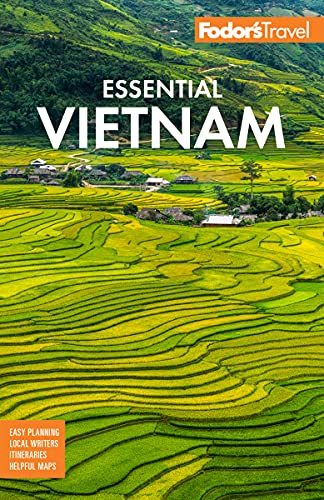Ethnic Minorities in Northern Vietnam
In the remote mountains and valleys of the north, ethnic-minority populations continue to live as they have for centuries, although modern society is always threatening to encroach. The history of these unique ethnic minorities is still the subject of some dispute, but many anthropologists now believe the largest of the groups, the Muong, as well as smaller groups like the Kho-mu, the Khang, the Mang, and the La Ha, have been living in the Hoang Lien Mountains and the northern foothills for thousands of years, preceding even the arrival of the Kinh—the ethnic Vietnamese who now make up 87% of the country's population.
Late migration
Most other groups migrated from Thailand, China, or Laos—some as late as the 19th century—as a result of war, lack of land, or a simple disregard for national borders. Living in the highest elevations, near the climatic limits of hill rice cultivation, are the H'mong and Dao (pronounced zow). The clothing and jewelry of these two groups, particularly the women, are among the most colorful and elaborate in the north. The Muong and Thai (with distinct Black Thai and White Thai subgroups) are two of the larger minorities, each numbering about a million. They practice wetlands cultivation on the middle and lower slopes and generally live in airy, comfortable stilt houses in village clusters ranging from a handful of houses to several dozen.
Slash-and-burn agriculture, the traditional mainstay of ethnic-minority economies, was for centuries an ideal form of natural resource management. In the 21st century, however, as the land available for such cultivation shrinks, this method has begun to generate heated controversy in Vietnam. Indeed, northern Vietnam is one of the most deforested regions of Indochina. A migration of Kinh Vietnamese from the Red River delta farther inland and into the distant valleys is also displacing many nomadic farmers as land privatization plans take hold.
Displacement controversies
Vietnam's growing energy needs are also wreaking havoc on minority life. The Hoa Binh Dam, Vietnam's first hydroelectric power project, 70 km (43 miles) southwest of Hanoi, displaced 60,000 people from the Da River valley. Most were ethnic minorities who were pushed into higher elevations, for which they had little farming experience or expertise. This form of displacement has been repeated on a larger scale at other energy initiatives, especially during the construction of the Son La Dam, currently the largest hydroelectric power station in Southeast Asia. The project required displacement of more than 91,000 ethnic minority people, the largest resettlement in Vietnam’s history. There are now 71 dams in Lao Cai province and the displacement has effectively uprooted and destroyed a viable existence for many groups.
Despite odds that continue to be stacked against them, including inhospitable land, unofficial but very real bias toward the Kinh majority, and the threat of displacement, Vietnam’s ethnic minorities continue to work their ancestral lands. Social enterprises are pushing the government to discuss wider provisions for those living on the fringe. Their distinctive traditions, such as weaving, embroidery, and other crafts, are still passed from generation to generation, ensuring that hill-tribe culture continues to exert a colorful influence high in the mountains.




